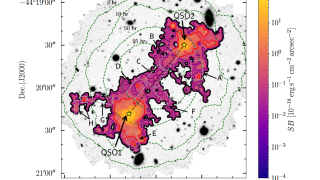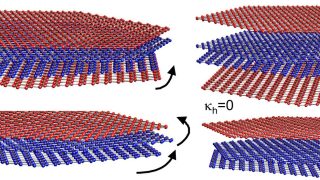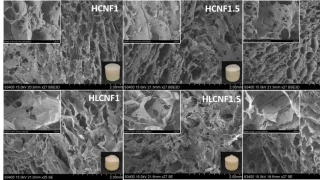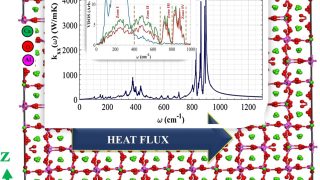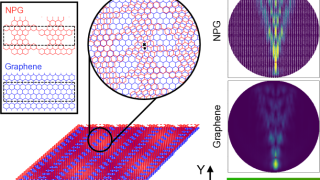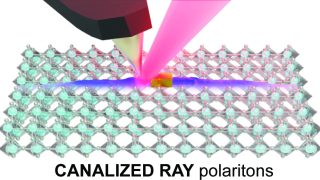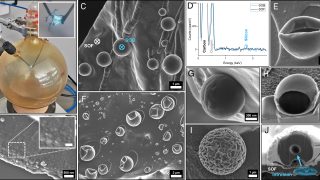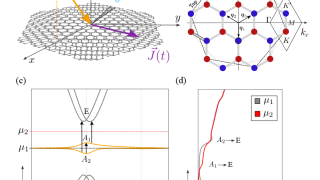
Confined water vitrification
Water, a substance so familiar in our daily lives, harbours complexities that continue to intrigue scientists. One such enigma is the behaviour of water when it transforms into a glass-like state, known as vitrification, especially under confinement. A recent study delves into this phenomenon, shedding light on the intricate nature of confined water vitrification and […]
